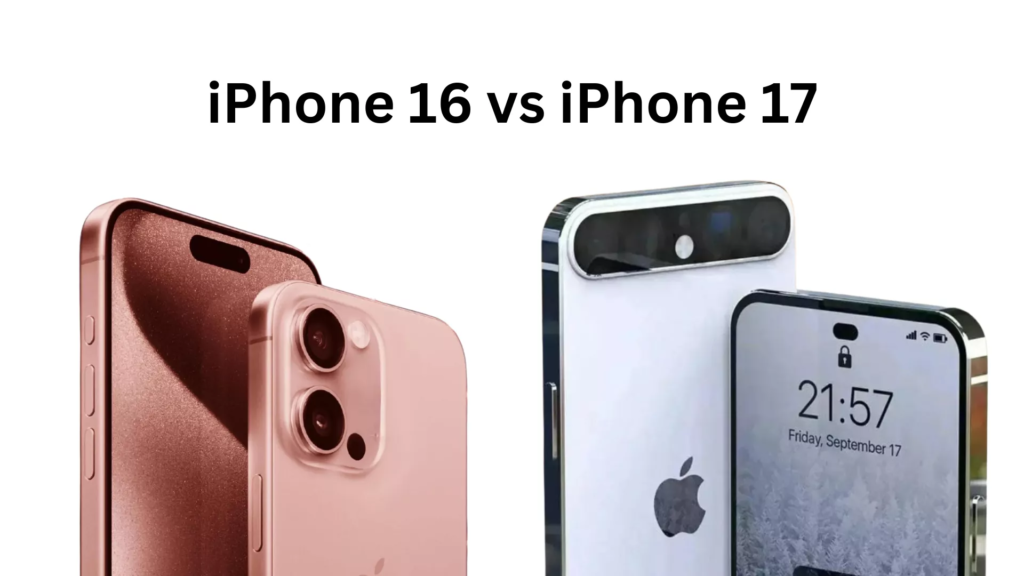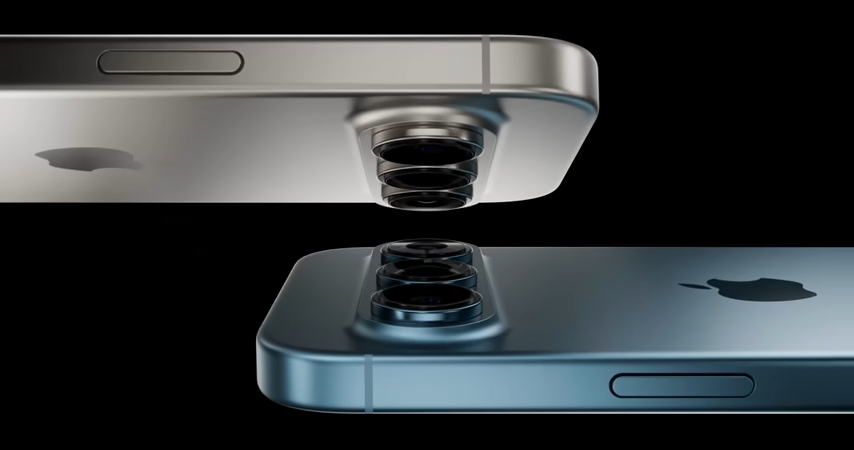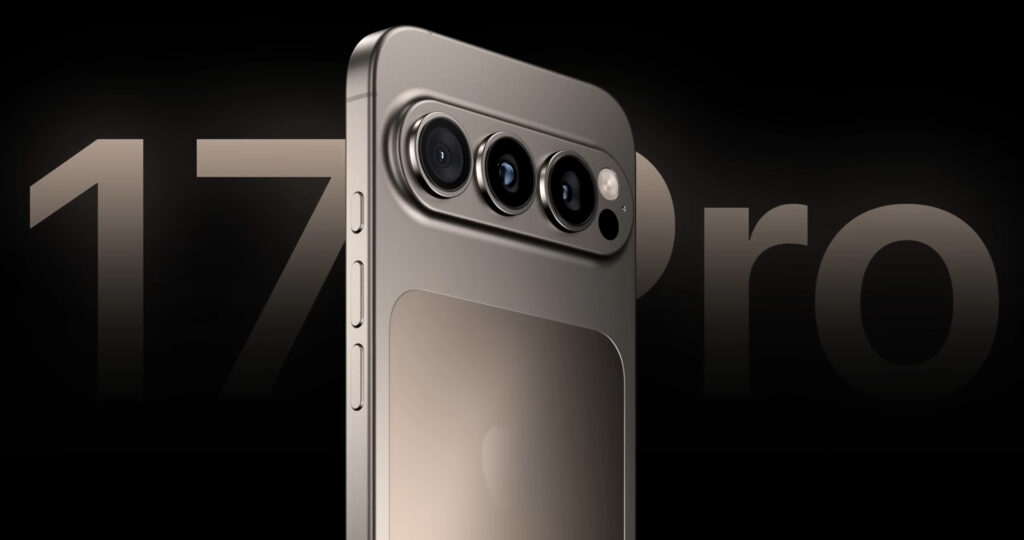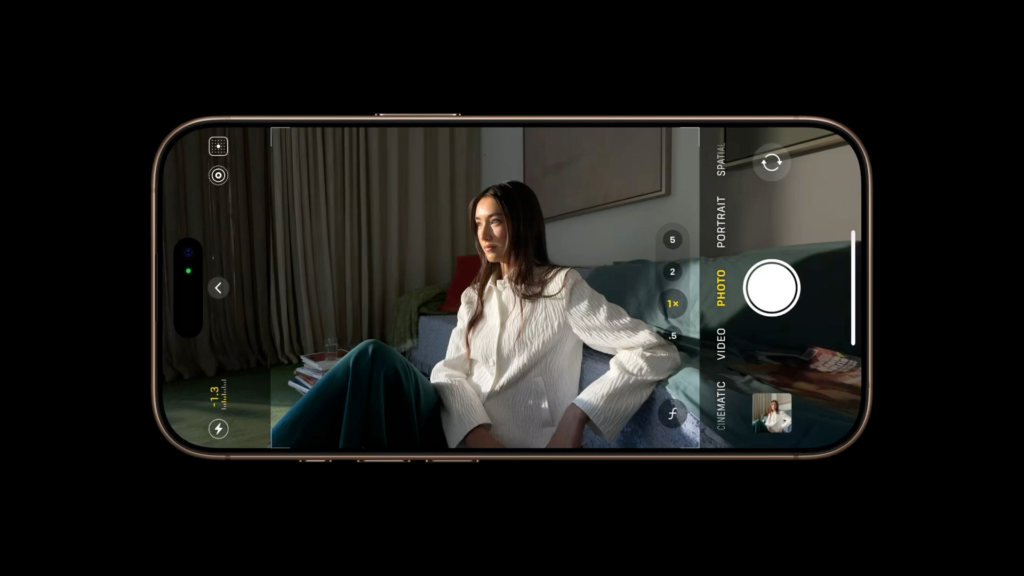Apple’s iPhones have long been synonymous with exceptional smartphone photography. The iPhone 17 promises significant advancements in camera technology compared to its predecessor, the iPhone 16 Pro. Let’s break down the key differences, innovations, and real-world implications to determine whether this leap is worth your investment.
Hardware: Bigger Sensors, Brighter Lenses

The most notable upgrade in the iPhone 17 is the new 1-inch primary sensor. This is a significant step up from the iPhone 16 Pro’s 48MP sensor, which, while impressive, is smaller in physical size. Larger sensors allow for more light capture, leading to improved low-light performance, better dynamic range, and finer details in photos.

Apple has also introduced an f/1.5 aperture lens for the iPhone 17’s primary camera, compared to the f/1.78 lens on the iPhone 16 Pro. This wider aperture enhances background blur for portraits and improves performance in dimly lit environments.
Telephoto and Ultra-Wide Lens Upgrades

The telephoto lens on the iPhone 17 now offers up to 10x optical zoom, a noticeable improvement over the 3x zoom on the iPhone 16 Pro. This feature caters to photographers who need more reach without compromising image quality. Additionally, the ultra-wide lens features better edge correction and less distortion, a boon for landscape and architectural photography.
Software: Computational Photography at Its Best
Apple’s computational photography has always been a cornerstone of its camera system, and the iPhone 17 introduces the new “Neural Fusion HDR.” This system combines multiple exposures in real-time, delivering a more natural look while preserving intricate details in challenging lighting.

A key software addition is “ProLight AI,” an enhancement designed to optimize low-light photos by intelligently reducing noise and sharpening details. The iPhone 16 Pro’s Night Mode remains excellent, but the iPhone 17’s improvements push it to new heights.
Video Capabilities: Cinematic Excellence

The iPhone 16 Pro introduced Cinematic Mode at 4K resolution, but the iPhone 17 elevates video recording with 8K capabilities at 24fps. This upgrade benefits professionals who require high-resolution footage for editing flexibility. Moreover, the iPhone 17 supports “ProRes HDR” with live color grading, enabling creators to adjust tones in real-time during shoots.
[RELATED: Foldable iPhone Rumors: Is Apple Ready to Break Its Own Rules?]
Apple has also improved stabilization with a new “OptiTrack” system, ensuring smoother videos even in highly dynamic environments. Vloggers and content creators will appreciate this addition, especially when recording on the move.
Portrait and Macro Modes: Sharper, More Dynamic
Portrait mode on the iPhone 17 features enhanced subject detection, delivering sharper edges and more natural bokeh effects. The inclusion of LiDAR 2.0 allows for better depth mapping, even in low light, making portraits more refined than ever.
Macro photography has also seen improvements. While the iPhone 16 Pro’s macro mode was already top-tier, the iPhone 17 offers a closer focusing distance and richer color reproduction, ideal for capturing tiny subjects like flowers or intricate textures.
Display as a Viewfinder: What’s New?
The iPhone 17’s ProMotion OLED display now supports up to 2500 nits of peak brightness, an improvement over the iPhone 16 Pro’s 2000 nits. This ensures better visibility under bright sunlight, crucial for framing shots outdoors. Additionally, the new “Dynamic Color Preview” feature offers a real-time preview of how edits and filters will appear before capturing the image.
Battery Life: More Shooting Time
A key consideration for photography enthusiasts is battery life. The iPhone 17 boasts a 15% larger battery than the iPhone 16 Pro, ensuring more shooting time without frequent recharges. This improvement is especially noticeable during extended video shoots or when using power-intensive features like 8K recording.
Who Should Upgrade?
The iPhone 17’s camera upgrades are undeniably impressive, but they may not be essential for everyone. Here’s a breakdown of who might benefit most:
- Professionals and Enthusiasts: If you rely on your iPhone for professional photography or videography, the 1-inch sensor, 10x optical zoom, and 8K video make the iPhone 17 a compelling choice.
- Casual Users: For those who primarily use their camera for everyday snapshots, the iPhone 16 Pro’s capabilities remain exceptional. The improvements in the iPhone 17 might not justify the upgrade cost.
Conclusion: A Worthwhile Leap for the Right User
The iPhone 17 represents a significant step forward in camera technology, offering noticeable improvements in hardware, software, and overall performance. Whether these upgrades justify the investment depends on your usage. For photography enthusiasts and professionals, the iPhone 17 is a worthy contender. Casual users, however, might find the iPhone 16 Pro more than sufficient for their needs.
In either case, Apple continues to set the standard for smartphone photography, ensuring that each iteration caters to a wide spectrum of users.

